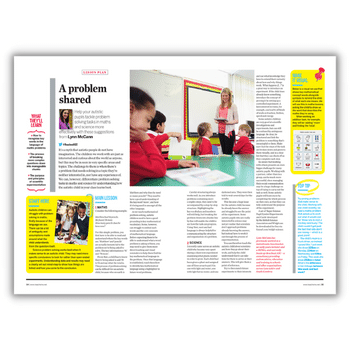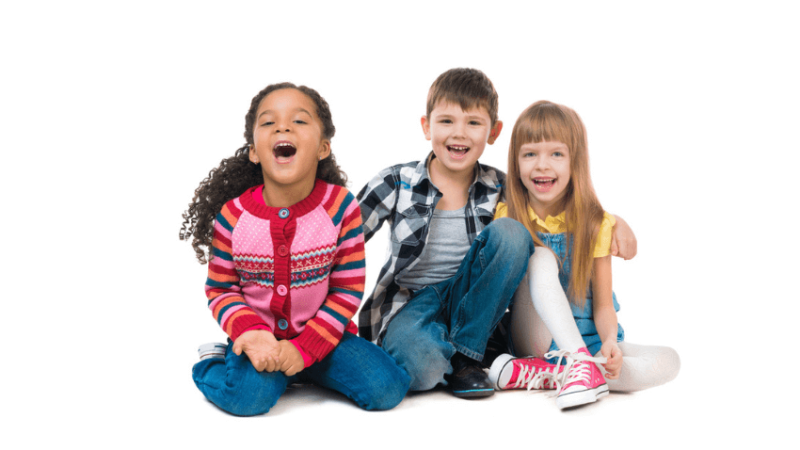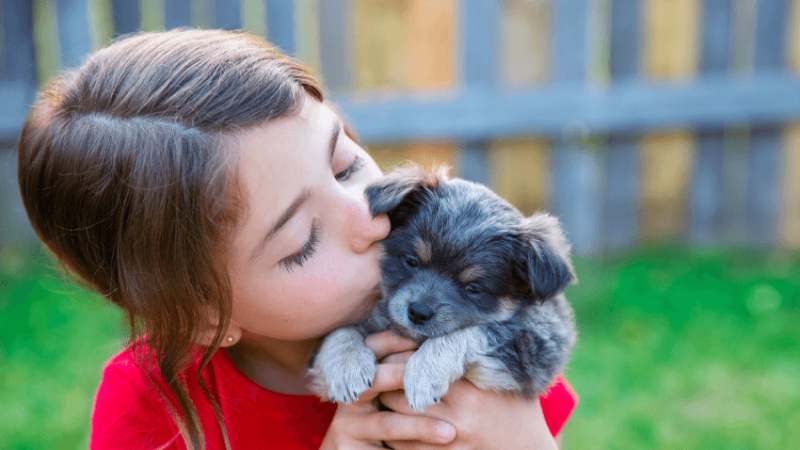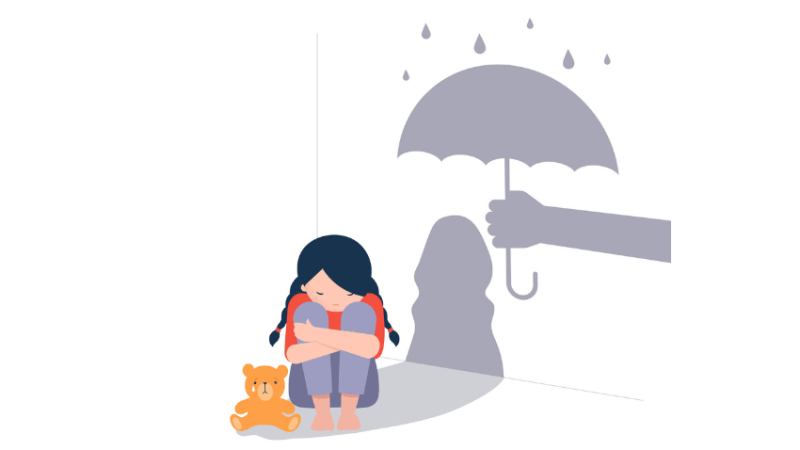PACE approach – The SEND training that changed my life

Following the ‘empathy road’ transformed the way Ginny Bootman approaches her SEND pupils, all thanks to the PACE approach…

A few years ago, I went on some training for the PACE approach. I bet you know that feeling: it was a full day far, far away. Parking was horrendous, as was the traffic – and that’s not even considering the amount of time it had taken for me to plan all my lessons for a supply teacher who had never visited our school before. In short, I definitely did not arrive in the right frame of mind to invest in something new.
But as soon as the session began, and I started to learn about PACE, I was hooked.
A brainchild of Kim S. Golding and Daniel A. Hughes, outlined in their book Creating Loving Attachments: parenting with PACE to nurture confidence and security in the troubled child (2012), PACE is essentially an approach, or a way of ‘being’, to support children who have experienced trauma.
However, you can use it throughout your school, whether pupils have been affected by trauma or not.
What is the PACE approach?
PACE is based around the idea of building secure attachments between adults and children.
We can do this by using the four pillars of playfulness, acceptance, curiosity and empathy. It is a way of being, not an intervention.
I will go so far as to say it is a culture that everyone within a school needs to adopt.
Although traditionally seen as an approach for children, it works equally well with colleagues and parents too; it is all about human connection.
PACE is not a script; it is a feeling that develops between individuals.
So, let’s look at each pillar, to see how they can work in our classrooms.
Playfulness
To begin, let’s consider the idea of playfulness. This is about reading a child’s body language and thinking of something that might help connect us as an adult to them as a child.
This is often not related to education, and ideally will be something perceived as low threat.
For example, I once found myself seeing a child with crossed arms and an equally cross face walking past the room I was working in. I said, “That looks like someone who is either angry or upset”, to which the child replied, “Yes I am.”
Rather than interrogating her like Judge Judy, I spied some empty cardboard tubes we had collected for junk modelling, took my shoes off and started rolling the tubes under my feet.
The child looked on, interested, uncrossed her arms and preceded to pick up one of the left-over tubes, take her shoes off and roll it under her feet and her back. We carried on both rolling our tubes in silence, just ‘being’.
After a couple of minutes, she then gave me a detailed account of an after-school gymnastics lesson that she had really enjoyed the previous day.
“I can’t see an angry face now,” I said. She then told me about the incident that had caused her to feel angry, and proceeded to go back to her lesson.
I think timing was key here; allowing some silence while engaging in a tactile activity like rolling the tubes gave her the mental space she needed to process her feelings, prior to chatting with me.
As teachers, we are all so busy and finding this key time is, admittedly, difficult. If I’m honest, I didn’t really have time for this to occur on that day either; however I knew it would pay dividends for the child for the rest of the day.
She will come back and see me again; I just know it.
Acceptance
The second pillar of PACE, acceptance, can be tricky. How can we as adults accept something that a child has done if they have hurt someone?
I see this as understanding what brought them to a place in which they felt the need to act as they did.
I find that when I ‘accept’ it, I can understand the situation more and then the child and I can work together to make sure that they try not to do it again.
This wording is important, as they can only try not to do it again. A child can’t promise they will never do it again, as that is a very tall order indeed and a promise that may be broken.
But often, if we can isolate what led to the incident, we can figure out interventions the child can make before getting to breaking point.
I can often be found sat on the floor in a corridor with a child sat next to me and us chatting more about what happened before than the actual ‘event’ itself.
Curiosity
I love this aspect of PACE. Playing detective and being curious helps us to understand children better.
The more we understand our pupils, the better our relationships will be.
Years ago, I had a child who used to frequently lash out at others.
She was new to the school and these outbursts were causing lots of friendship issues.
When I looked into it further, she told me in a very articulate way that she didn’t like people being in ‘her space’.
The two of us chatted about this and we decided that the best way forward was to tell her friends that she didn’t like people coming into ‘her space’ without being invited.
Once her teacher explained this to the rest of the class, relationships grew. I also learned about ‘windows of tolerance’, which you can read about in Psychology Today.
Empathy
The wonderful Brené Brown has some great YouTube clips about the difference between empathy and sympathy.
The important distinction for us is that when we empathise, we walk alongside others and put ourselves in their shoes.
The moment we do this, we see the world through a different lens. If in doubt, pause, reflect and then go back to the situation.
That time of reflection helps us to consider the full situation and not be immediately reactive – very useful when dealing with difficult behaviour in school.
The PACE approach is a way of being and a way of doing. It costs nothing and yet achieves so much.
So put on your metaphorical Dorothy shoes, follow the empathy road, and see the difference it can make to you and others.
Let me know how you get on!
Five ways the PACE approach can improve relationships
- Helps us understand the children far more than we could ever imagine.
- Builds relationships with children through an empathy-based approach.
- Costs nothing apart from your time.
- Helps us slow down; to be playful, accepting, curious and empathetic.
- Makes us reflect on our everyday practice in a way that supports us as educators.
Ginny Bootman is an experienced teacher and SENDCO with responsibility for four primary schools, as well as a regular speaker at national SEND conferences and author of Independent Thinking on Being a SENDCO (Independent Thinking Press, 2023). Follow Ginny on Twitter @sendcogirl and see more of her work at ginnybootman.com











